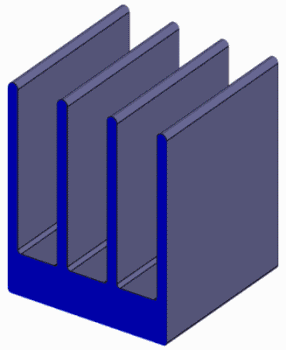-
- Actuators
- Coil Design
- Electromagnetic Brakes & Clutches
- Inductors
- Levitators
- MRI
- Motors
- Alternators and Generators
- Electromagnetic Brakes and Clutches
- Sensors
- Loudspeakers
- Magnetic Encoding
- Relays and Contactors
- Solenoids
- Shielding
- Electromagnets
- Magnetic Bearings
- Magnetic Signatures
- Magnetic Fixtures
- Magnets
- Non Destructive Testing
- Particles
-
- Antenna Radiation Characteristics
- Simulation of an Airplane
- EM Simulation of a Desktop
- EM Compatability and EM Interference
- Cable Junctions and Terminations
- Filters
- Lightning Strikes
- Microwave Circuits
- Microwave Ovens
- MRI
- Near Field Analysis
- Radar Cross Sections
- Radio Frequency Cavities
- Reflector Antennas
- Sensors
- Ultra Wideband Antennas
- Waveguides
- Antennas
Switchgear
Switchgear designers require electric field analysis to evaluate the possibility of corona or dielectric breakdown; magnetic field analysis to calculate forces under short circuit conditions; eddy current analysis to determine skin effect; and thermal analysis to determine operating temperatures.
Use INTEGRATED’s switchgear analysis software programs to optimize different parameters in switchgear design. Choose the right tool for switchgear analysis from Boundary Element Method (BEM) and Finite Element Method (FEM) solvers and get exact results.
At right: The switch, modeled by leading test specialist Megger, is rated to 40 kV from 0 – 5000 ft MSL, -20C to 50C and up to 90% humidity. Each channel is rated for 2 kJ under normal operation and 6 kJ for emergency operation.
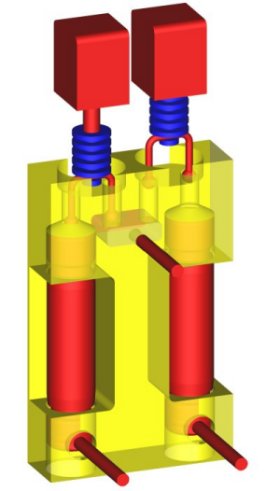
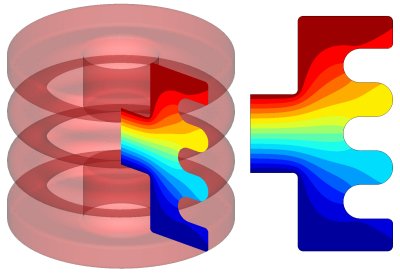
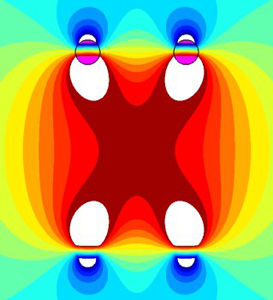
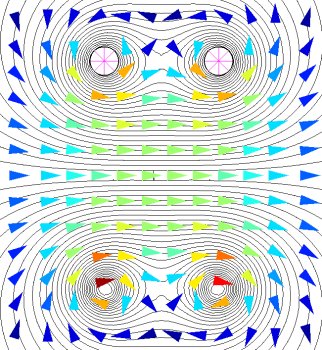
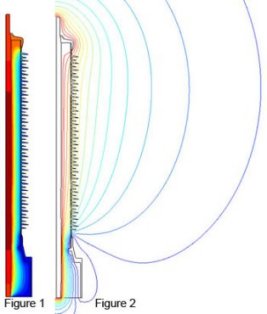
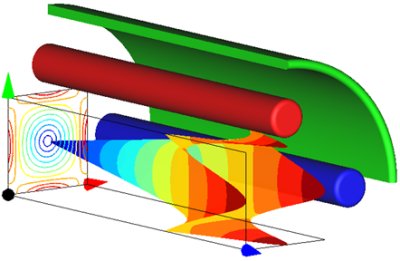
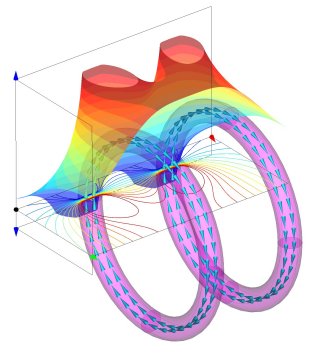
.gif)
